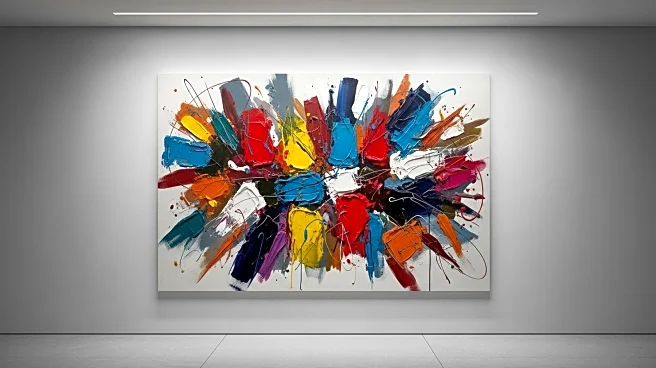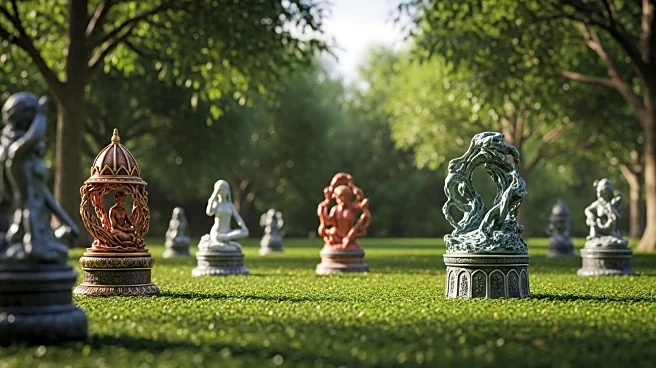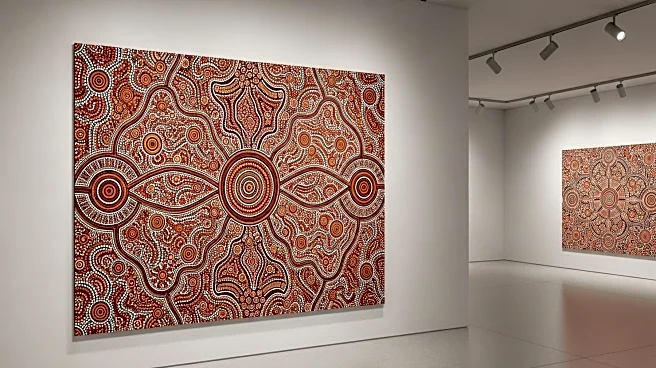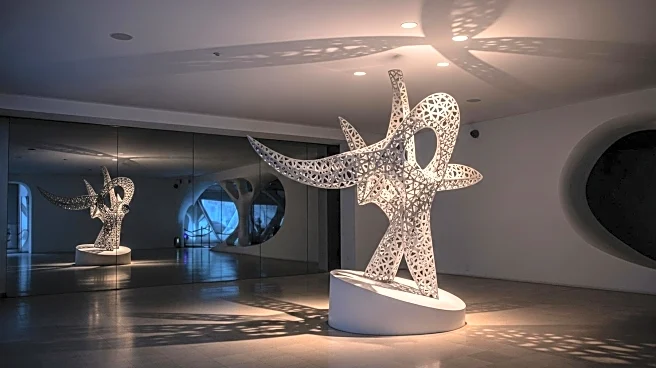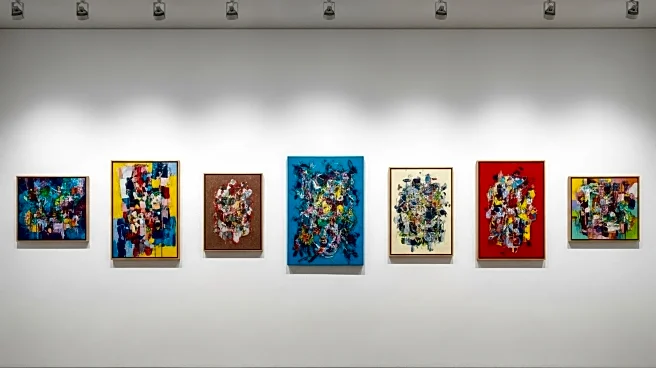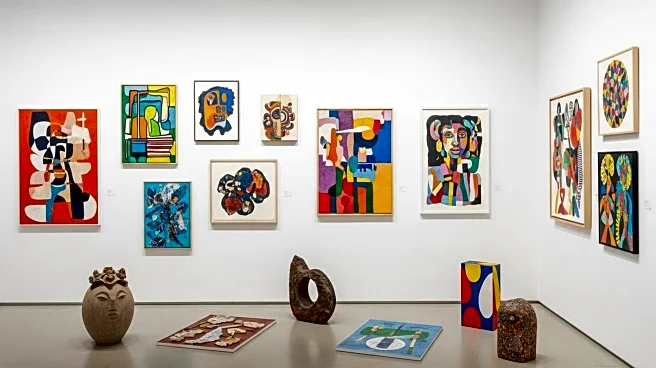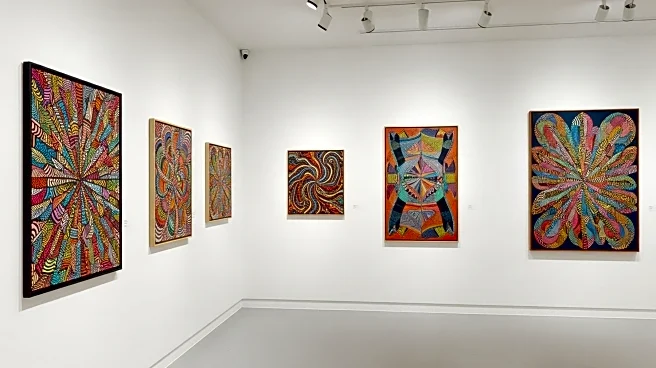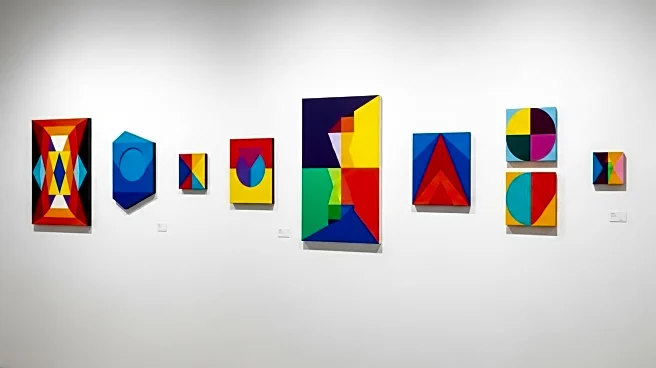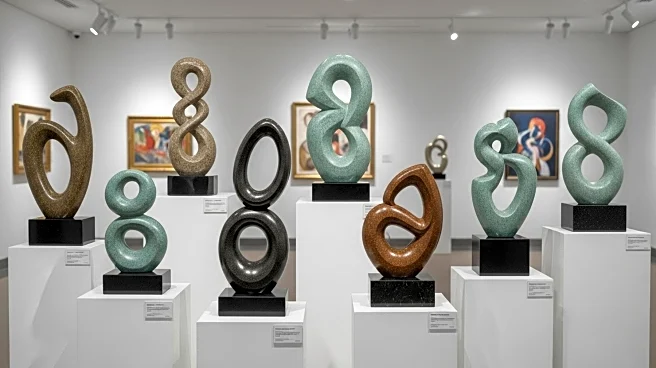What's Happening?
August Blum, the son of renowned art dealer Tim Blum, has opened a new art space called the Village in Echo Park, Los Angeles. This development comes shortly after Tim Blum announced the closure of his own gallery. The Village, which operates out of a storage unit, is designed to be a low-key venue for showcasing contemporary art. The space recently featured a sculpture show by artist Bennet Koziak and is currently exhibiting works by Russian artist Artem Nanushyan. The Village is part of a growing trend of alternative art spaces in Los Angeles, which are often located in unconventional settings and focus on challenging and diverse art forms.
Why It's Important?
The opening of the Village by August Blum signifies a shift in the Los Angeles art scene towards more intimate and experimental spaces. This trend reflects a broader movement within the art market, where traditional gallery models are being re-evaluated in favor of more flexible and innovative approaches. Such spaces provide emerging artists with opportunities to showcase their work in a less commercialized environment, potentially leading to greater artistic freedom and diversity. This development could influence the next generation of art dealers and collectors, encouraging them to embrace new models of art presentation and engagement.
What's Next?
As the Village continues to operate, it may inspire other young art entrepreneurs to explore similar ventures, contributing to a more dynamic and varied art scene in Los Angeles. The success of such spaces could lead to increased collaboration among artists and curators, fostering a community that values creativity and experimentation. Additionally, the presence of these alternative venues may attract new audiences to the art world, broadening the reach and impact of contemporary art.
Beyond the Headlines
The emergence of spaces like the Village highlights the evolving nature of the art market, where traditional boundaries are being challenged. This shift raises questions about the sustainability of conventional gallery models and the role of art in society. As more artists and curators explore unconventional venues, there may be a greater emphasis on art as a tool for social change and cultural dialogue, potentially reshaping public perceptions of art and its value.

